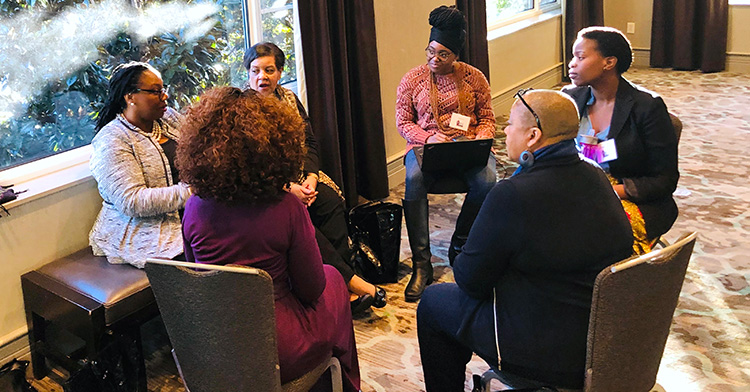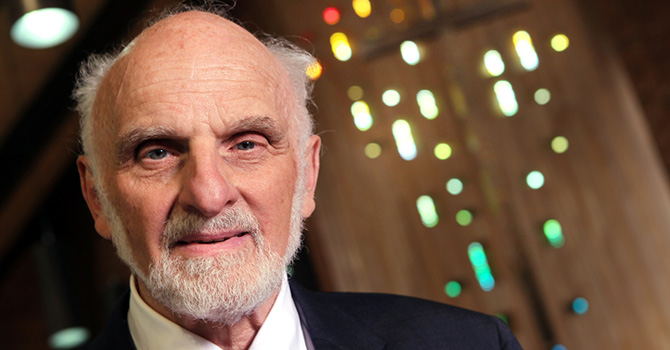This is the fourth of five blog entries on Francis Asbury as a model for second pastors. Please also see the first, second, third, and fifth.
Francis Asbury provides a helpful model for second pastors. He was neither the originator of the Methodist movement in general nor specifically in America, but he was able to step into leadership and move the American Methodist Church into amazing growth. What can second pastors learn from Asbury?
According to Wigger’s biography, Asbury was not a particularly persuasive leader when it came to energizing and mobilizing a large group of people. He was, at best, only adequate as a preacher and public speaker, and at worst he was unimpressive. Yet Wigger points out that Asbury excelled at building a broad network of relationships through small groups and one-on-one meetings. Asbury seemed to understand this about himself and over time began to play to his strength. Wigger says of one particularly hard decision before the Methodists that “for the next several days Asbury did what he did best in these situations, talking with small groups late into the night, patiently building a consensus.” This lead to Wigger’s observation that “if Methodism was a hierarchical organization, it was one in which the pyramid of power was indeed quite flat.”
Whether a second pastor is a great preacher and communicator or not, Asbury’s model of building a “flat pyramid of power” through countless meetings with small groups and individuals is a helpful guide for building consensus of vision.
During my first year as a second pastor, I intentionally did not try to make major changes as I learned the culture of the church I was in, but there was one time that I did try. At a leadership team meeting I found myself directly confronting and disagreeing with a long-held value of the church. This conversation lasted several meetings and ultimately went nowhere. I was unable to persuade a group of people that we needed to change direction, but I learned from that experience.
The next time that I wanted to make a major change I didn’t bring it up at first in my leadership team meetings. I brought it up at my monthly one-on-one meetings with each of my team leaders. In this much more intimate setting, I had the opportunity to spend more time exploring individual concerns and speaking to those concerns. This helped both me and each individual. I could cater to each individual’s needs, concerns and learning styles, and I had the mental time I needed to shift the original idea.
This was not just a one-way persuasion strategy. In each of those one-on-one meetings, my own ideas shifted as I tried to build a broad-based consensus around discernment of God’s direction for our community. By the time I had talked with each of my team leaders one-on-one, the final conception of the idea included each of their fingerprints on it. The final step was simply to bring the idea back to our monthly leadership meeting and discuss it together. There was really very little discussion at this point. The team was primed and ready to move. That’s what we did.
This strategy of discernment and consensus building took more work up front, but in the long haul it resulted in the ability to move forward confidently, knowing that we had taken the time to listen for God’s voice and leading in each unique person in our midst. It created a flatter pyramid of power, but one that was particularly resilient because it was built on one-on-one relationships. This is the third lesson I learned from Asbury as a second pastor: build discernment of consensus one person at a time.
Tom Arthur is pastor of Sycamore Creek United Methodist Church in Lansing, Michigan.







